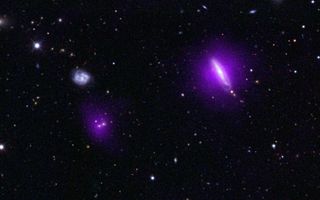
Magenta Blobs | Space Wallpaper
This cool space wallpaper shows an optical color image of galaxies overlaid with X-ray data (magenta) from NASA's Nuclear Spectroscopic Telescope Array (NuSTAR).

This cool space wallpaper shows an optical color image of galaxies overlaid with X-ray data (magenta) from NASA's Nuclear Spectroscopic Telescope Array (NuSTAR).

This beautiful wallpaper shows Sleeping Bear Dunes National Lakeshore in Michigan.
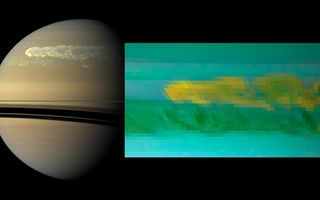
This space wallpaper shows a set of images from NASA's Cassini mission that reveal the turbulent power of a monster Saturn storm.

This cool space wallpaper is an artist's concept showing the Wide-field Infrared Survey Explorer, or WISE spacecraft, in its orbit around Earth.
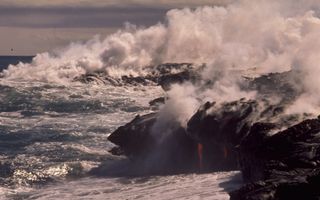
This wallpaper shows Hawai‘i Volcanoes National Park. The park displays the results of 70 million years of volcanism, migration, and evolution and a distinct human culture.
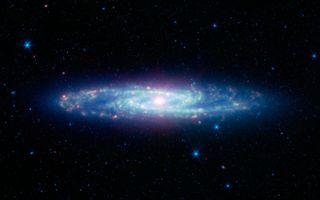
The spectacular swirling arms and central bar of the Sculptor galaxy are revealed in this space wallpaper from NASA's Spitzer Space Telescope.
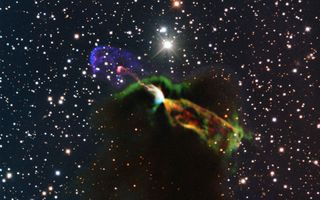
This space wallpaper of Herbig-Haro object HH 46/47 combines radio observations acquired with ALMA with much shorter wavelength visible light observations from ESO’s New Technology Telescope.
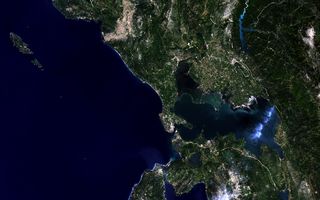
The northwestern part of Greece is pictured in this space wallpaper by the Landsat-8 satellite. The Ionian Sea dominates the left side of the image, with the Ambracian Gulf near the center.
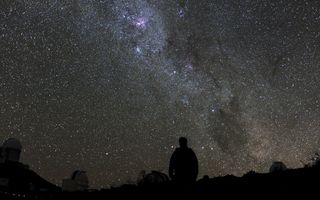
A piercingly bright curtain of stars is the backdrop for this beautiful space wallpaper taken by astronomer Håkon Dahle.
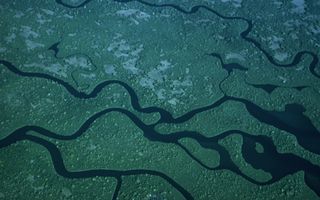
This wallpaper shows Everglades National Park in Florida. It is the largest subtropical wilderness in the United States and boasts rare and endangered species.
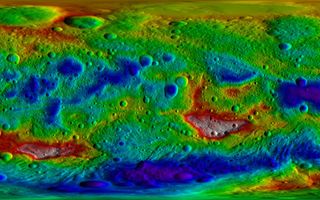
This space wallpaper is a color-coded topography map from NASA's Dawn mission, which shows the giant asteroid Vesta.

This wallpaper shows Gulf Islands National Seashore of Florida and Mississippi. Stunning beaches, historic ruins, wildlife sanctuaries and remote islands make up this wonderful park.

This beautiful space wallpaper portrays the galaxies NGC 799 (below) and NGC 800 (above) located in the constellation of Cetus (The Whale).